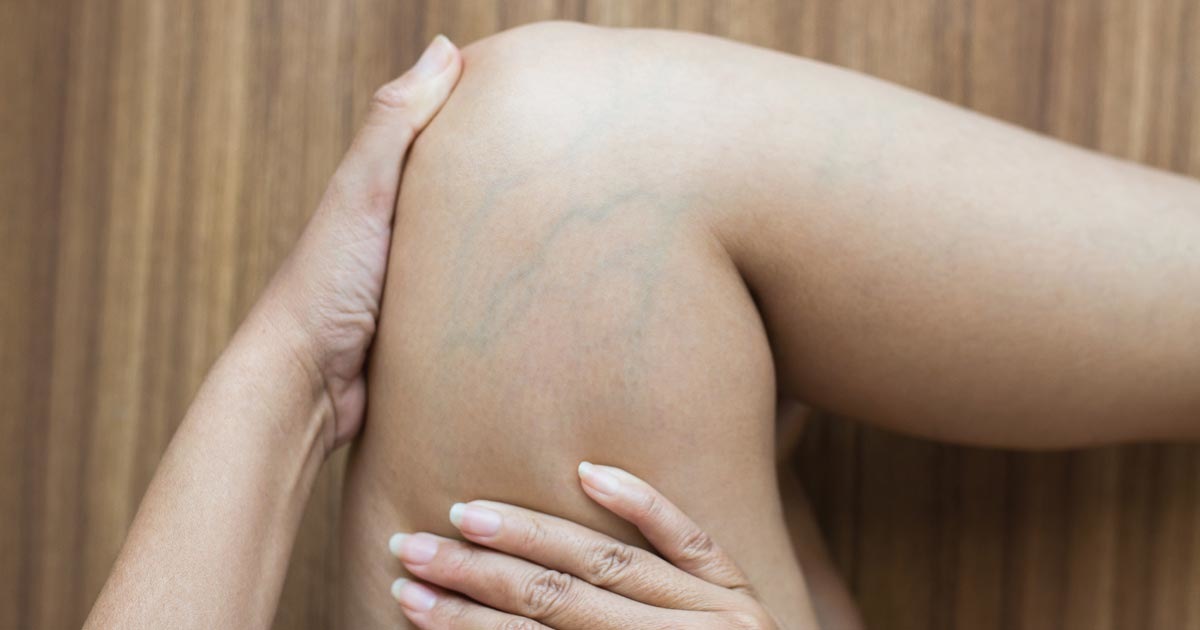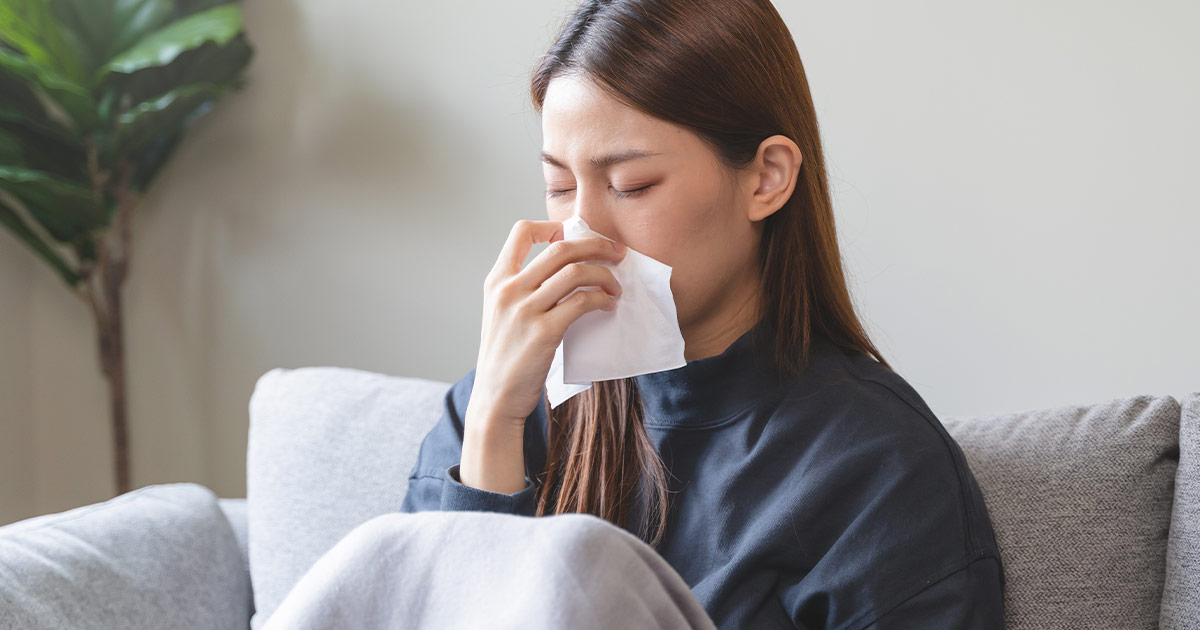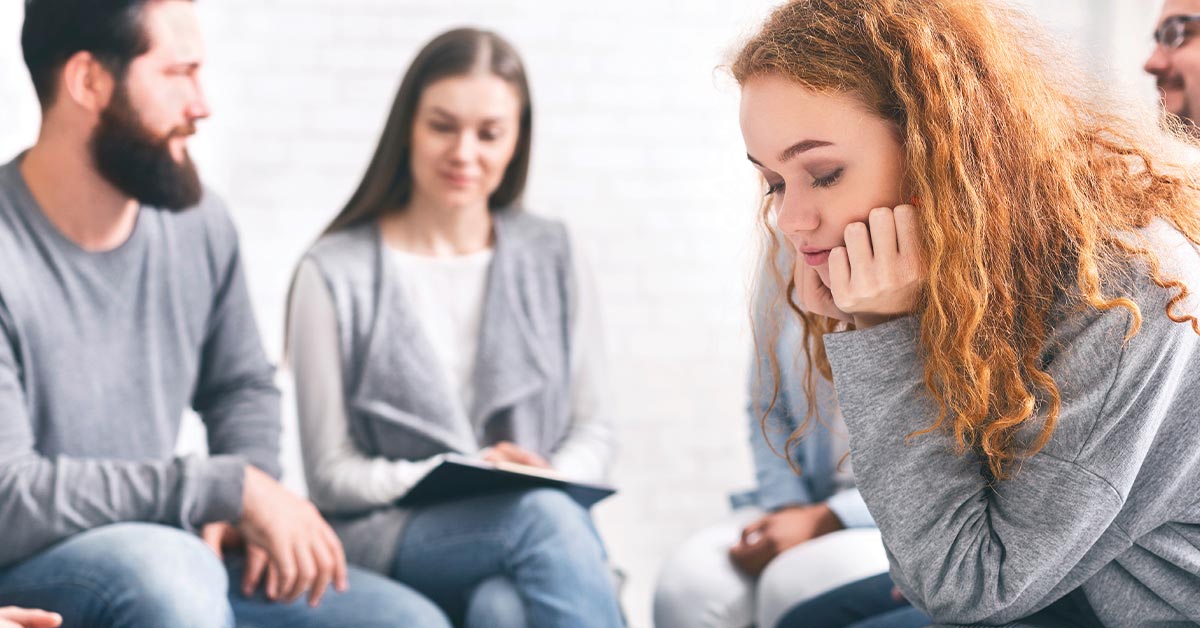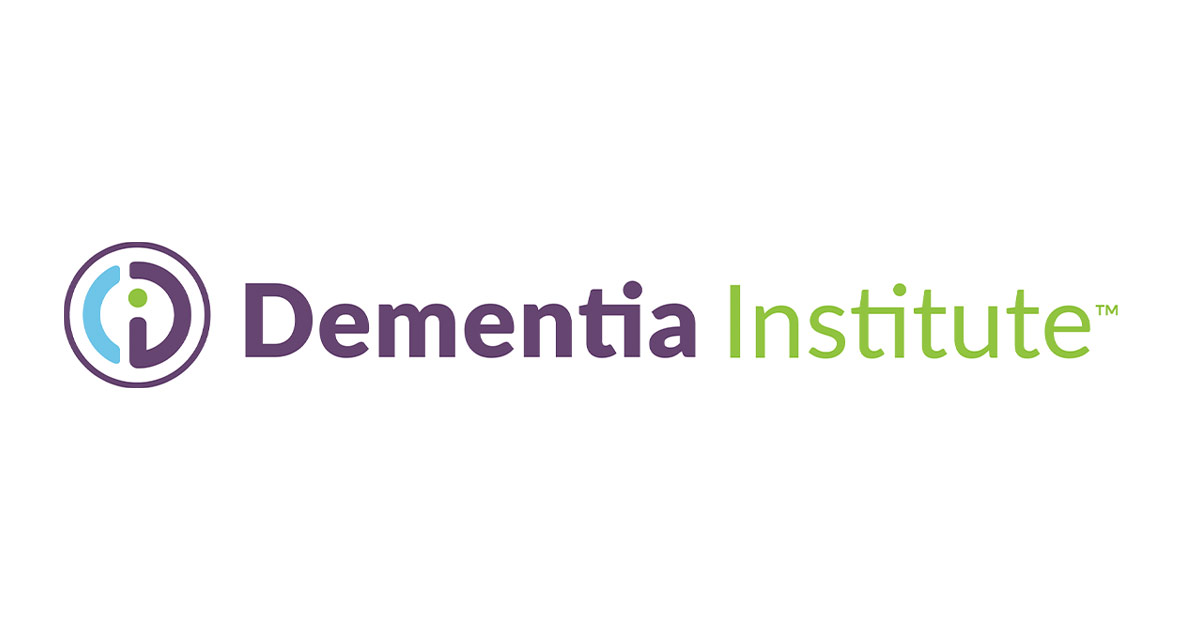Beautiful Michigan summers mean many things—among them, shorts. Does the idea make you cringe, due to spider or varicose veins? Venous insufficiency affects more than 30 million Americans, women significantly more often.
The good news: Solutions are available!
Why Me?
If you think vein problems are just for the elderly, think again. Family history, weight, pregnancy, standing or sitting for long periods, and overall health are contributors.
"Eighty percent of the people we see have a genetic link and multiple pregnancies can cause veins to weaken or worsen," said Laura Kelsey, M.D., of Center for Vein Restoration.
Home Treatment
If you're inclined to do it yourself, a few things may help. Dr. Kelsey notes Center for Vein Restoration recommends exercise, leg elevation, compression stockings and weight control.
Cosmetic ... Or a Health Issue?
While people often think that vein treatment is solely cosmetic, underlying medical issues may need to be treated.
"Untreated veins can cause ulceration, increase your risk of blood clots, cause restless legs and loss of sleep at night, and lots of pain and aching," explained Kelsey. Contact a physician if you have any such symptoms, if the skin on your ankle area or calf is changing color or getting thicker, or your legs or ankles are swelling.
The Science of Veins
Veins in your legs carry blood up to the heart and have one-way valves preventing blood from slipping backward.
"When you have venous insufficiency, the valves don't work properly," said Kelsey. "When patients come to see us, our first step is to do a full mapping, so we can understand where the breakdown is in the system.
"If I find vein disease but it doesn't bother you, you don't have to rush to get it fixed."
When symptoms are bothersome, an ultrasound might determine an underlying vein disease.
"Treatment can fix that."
Medical Options
When you have venous insufficiency and related symptoms it's a medical problem, often covered by insurance.
Treatment isn't as scary as you might think.
The large Saphenous vein, running the entire length of your body, is often the underlying problem.
Historically the go-to treatment, surgery remains an option.
Today, veins are regularly treated with ablations.
"Most treatment can be handled with local anesthesia, in the office, with little downtime."
The procedures typically take about 30 minutes.
Thermal ablation methods, such as lasers and radiofrequency, use heat. "These have been around a long time and are 98 percent effective," Kelsey said.
For these procedures, local anesthetic is used, a catheter is inserted in the vein and it's sealed closed with heat.
In nonthermal ablation the vein is sealed without heat, using a special type of glue, chemical or foam.
Once that's done, you can deal with the branches that come off of the Saphenous vein.
There are a couple of ways to do so. Microphlebectomy is one treatment.
"We make a small incision and remove the vein. The veins are instantly gone with this treatment. You'll feel better right away."
Another option is sclerotherapy, a fairly simple procedure that involves injecting a solution into your vein, causing it to fade in a few weeks.
"This treatment is easier for the patient up front than removing the vein, but it takes time for your body to reabsorb it."
It's important to recognize that not all vein treatment is cosmetic, and treatment can be important to your overall good health.
"I can't change someone's genetic predisposition," said Kelsey.
"But I can help you understand where the problems are and prevent you from having the pain associated with vein disease."
Kirsetin Morello is a Michigan-based author, speaker, writer, travel-lover, wife and grateful mom of three boys. Read more about her at www.KirsetinMorello.com.




